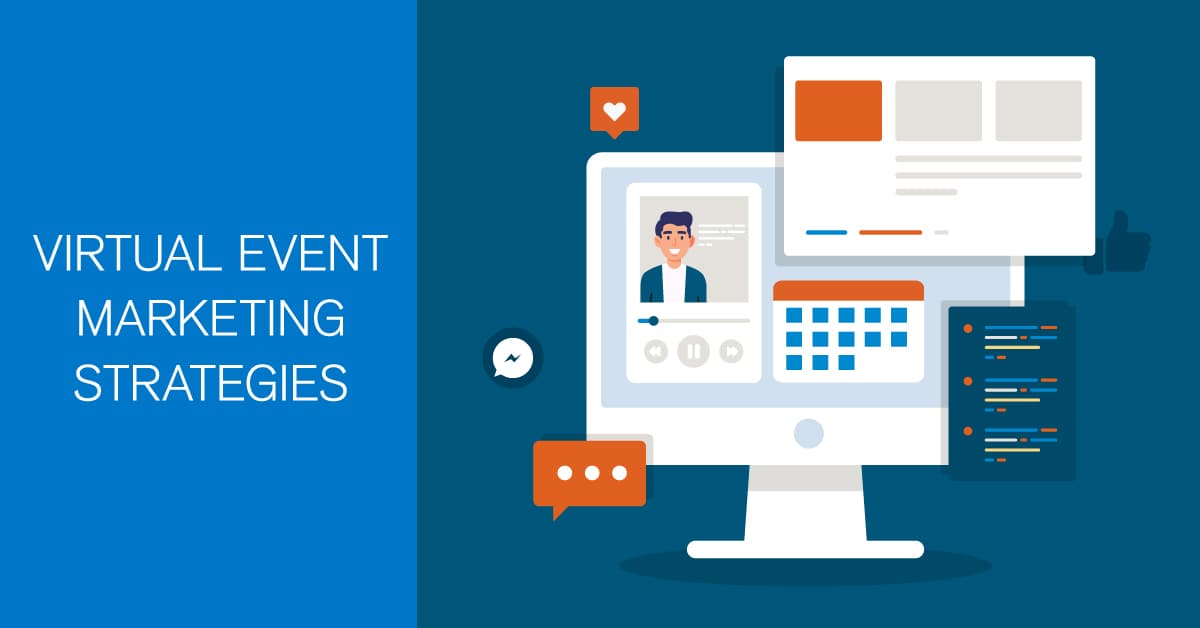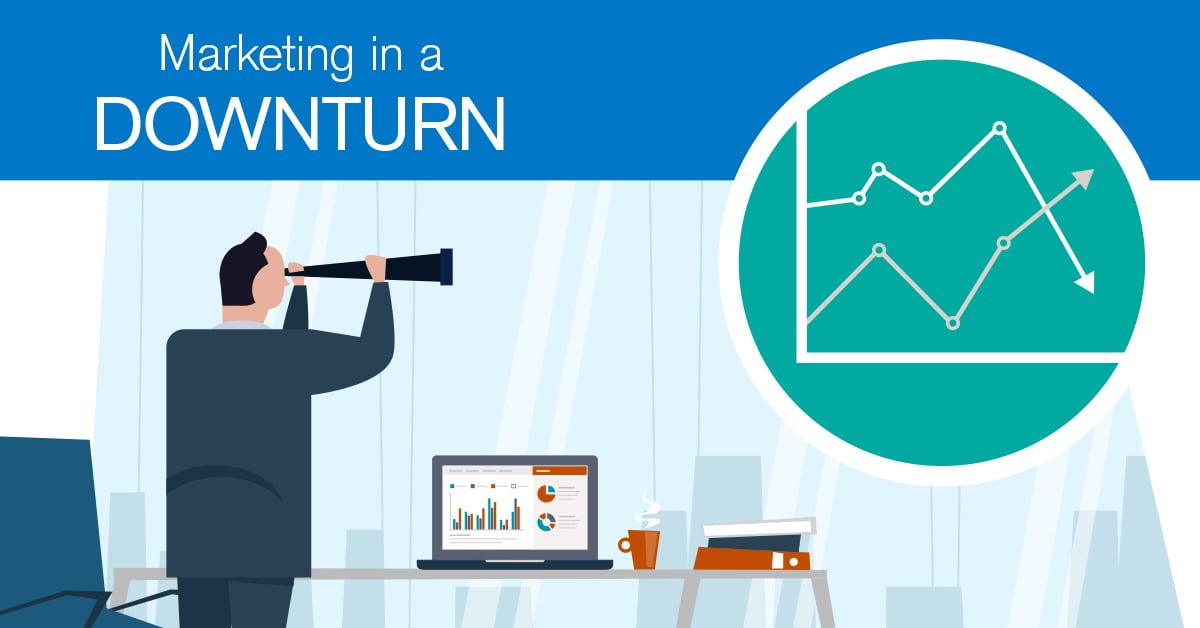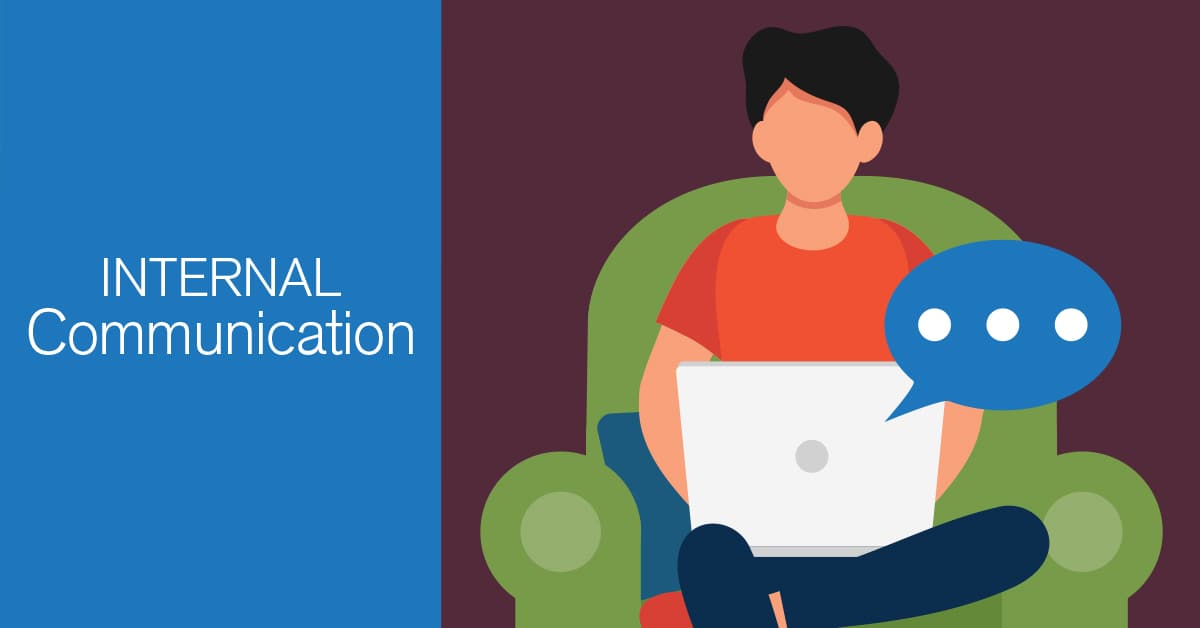The Yellow Brick Road For Online Business Communications
Today feels an awful lot like The Wizard of Oz. Through our own metaphorical tornado, our world has been transported to a place we have never seen before – one that could be filled with new adventures and, at the same time, terrifying experiences. But with a Dorothy-like optimism, the Yellow Brick Road awaits, and so does … home.
But how do we get there? With an oil can and a courageous roar? No … our tools are a bit more sophisticated, but they can also be confusing. Let us break down the basics and begin our journey. We’re off to see the Wizard!
Webinars
What is a webinar?
As easy as Dorothy clicking her heels, you can spin up, promote and deliver webinars to any online audience via video conferencing software. Short for web-based seminar, a webinar can be pre-recorded but is best as a live presentation. Typically, webinar participants can interact with the presenter, ask questions and discuss information.
When should webinars be used and for whom?
Use webinars as an instructional tool to relay trends, feature product capabilities, showcase processes and convey facts.
What’s great and not-so-great about it?
What’s great is that …
- They can be done anywhere – even from your home. Without geographic restrictions, webinars simply require a few pieces of equipment and access to the internet.
- Webinars can reduce costs for business, training and education because there’s no transportation, meal or venue expenses.
- They allow for flexibility in timing. Webinars are best live but can be edited, promoted and viewed later.
- Webinars help build personal relationships with audiences. Interacting, answering questions and demonstrating functionality connects people with the host.
- Webinars are great for lead generation, brand awareness and generating feedback.
What’s not so great is that …
- Webinars lack physical interaction, which is a challenge compared to live events.
- They lack collaboration and idea generation. Webinars are presented rather than encouraging an open dialogue.
What should be considered when using webinars?
Having attendees is the most important part of hosting a webinar, which means setting a specific time for the event and promoting it. GoToMeeting® recommends mid-week at 11AM but different times and dates may be better pending audience preference. Invite attendees and set reminders for both those who register and those who haven’t. Promote via social channels, email signatures, enewsletters and more right up to the time of the event.
GoToMeeting/GoToWebinar® states that 60-minute webinars attract 2.1 times more registrants than 30-minutes ones. If more than an hour, it is recommended to divide the information into multiple sessions. Promoting a series is just as easy as promoting one!
Presenting a live webinar allows for engagement and interaction, so include questions, polls and prompts about what is being presented. And when completed, follow up with participants to solicit feedback and reiterate calls-to-action.
What tools are best to use?
Here are the tools you should keep in your basket when setting up a webinar:
Webcasts
What is a webcast?
A webcast is a one-way communication for information via internet broadcast to often larger audiences. Webcasts use a one-to-many model, meaning a webcast host presents information, presentations, slides and content, but does not stop for Q&A or audience interaction. Webcasts can be live or on-demand.
A webcast differs from a webinar in that it is a one-way stream of communication, but it often uses the same tool set as webinars. Webcasts are similar to live stream events in that produced content is intended to stream live to viewers at a release time and date.
When should webcasts be used and for whom?
Webcasts are perfect for corporate announcements, conferences, panels, lectures or even meetings. They can be used to virtually experience tours, press conferences or product launches.
What’s great and not-so-great about it?
What’s great is that …
- There’s no need to stop the stream to answer questions, so flow remains the same.
- Webcasts are great to broadcast information live or on-demand for people who are unable to attend, ensuring more advocates and a larger following.
- Webcasts reach a large number of interested people and have staying power.
What’s not so great is that …
- Webcasts lack interaction or the ability to ask questions, so you won’t know whether the information confuses viewers.
- Without required audience participation, webcasts can seem static or stale.
- It’s a live recorded production. Technology can error and people can appear nervous on camera, which may diminish the experience.
- Webcasts require more equipment to ensure high production value when streaming.
What should be considered when using webcasts?
Similar to webinars, webcasts require invitations, promotion and follow up. Deciding on the right tool is critical as the software platform you use will depend on the event, information presented and audience size.
It’s best to practice and test equipment in advance because the broadcast is live. Also, determine if you should record the event for future use.
Keep in mind the event venue will play a significant role in the type of equipment you may need. In some cases, hiring a professional videographer and live streaming expert is worth the investment.
What tools are best to use?
Because webcasts are an amalgamation of both webinars and live streaming, we recommend the tools those channels use.
Live Streaming Video
What is live streaming video?
Similar to webcasts, live streaming is recorded and broadcasted in real-time, “streamed” and downloaded immediately to audiences as the event is occurring.
Webcasts can be live streaming, but live streaming itself is broader in definition and has some other considerations:
- Live streaming requires specialized equipment and is not typically for future use. Think Facebook® Live.
- Webcasts generally relay formal information by streaming coordinated events and conferences, while live streaming is more likely to include unscripted content, concerts and on-location video.
- Due to the informal quality and technology, live streaming might also allow for limited attendee interaction, such as commenting, emojis or other viewer acknowledgement.
When should live streaming be used and for whom?
Live streaming is happening all the time. From political debates to concerts to keynote speeches, the only real limit is equipment and technical know-how. For business, live streaming may be used for product launch events, awards ceremonies, CEO messaging or press conferences.
What’s great and not-so-great about it?
What’s great is that …
- Live streaming allows for audience interaction.
- Real-time broadcasts can generate large audiences of interested people.
- Live streaming gives an insider’s view for audiences who may not otherwise have access to that experience.
What’s not so great is that …
- Live streaming is live, including technological, informational and behavioral mishaps.
- Because it’s informal, audiences can drop out with more frequency.
- Future use is limited.
What should be considered when using live streaming?
While live streaming may appear to be informal, you still need to plan and rehearse what will be streamed. Create a focused content outline.
At Blue Door Consulting, we also recommend an emergency plan should something unexpected happen while streaming. It is, after all, essentially live television.
Lastly, be prepared for interaction with canned answers to potential feedback or questions.
What tools are best to use?
Live streaming has a unique set of tools that allow you to reach large audiences. Here’s a few recommendations:
On-Demand Streaming Video
What is on-demand streaming video?
With video-on-demand, a user chooses content to watch and it is streamed to a device. The user can watch the video immediately rather than wait for a download. Can you say Netflix® marathon?
When should on-demand video streaming be used and for whom?
Video is a key component to business today. Having an on-demand video library accessible to employees or customers helps increase engagement and improve communication. These videos can be as simple as past webinars and webcasts that remain relevant, product demonstrations, informational tutorials or even staff introductions. On-demand streaming is a good fit for most subject matter, is easy to produce, and has staying and sharing power.
What’s great and not-so-great about it?
What’s great is that …
- Information can be accessed at any time, day or night.
- On-demand video can reach anyone, anywhere with internet access.
- On-demand streaming lets visitors select content they wish to view immediately.
- Creating a video library means control over outside factors, including which content you display, upload or categorize. There are no unexpected events happening when viewing.
- Watching one video can lead to watching another video, which can increase brand awareness.
What’s not so great is that …
- On-demand video lacks immediate interaction, so you won’t know if viewers are confused or have questions.
- It lacks personalization when a video or moderator cannot address needs, questions or concerns.
What should be considered when using on-demand streaming?
When creating videos, use best practices for content length, graphics, translation or transcription captions, and file size. These will vary depending the channel, audience and subject matter. Many business videos should not exceed two minutes and should include opening and ending graphics, as well as graphics that help communicate salient points.
On-demand video libraries may require additional bandwidth and planning to help users efficiently navigate them. If libraries are housed on a platform such as YouTube® or Vimeo®, it’s best to develop robust channels and playlists. Ensure channels are branded with profile and header imagery and be sure to “tag” and categorize videos for search engines.
What tools are best to use?
Different from tools that rely on interaction, on-demand streaming tools require bandwidth and customization. Top on-demand video tools are:
Toto, we’re home!
This upheaval won’t last forever – after all, Dorothy and Toto made it home safe and sound. We will, too. In the meantime, use these channels to help guide you and your customers’ businesses forward. With a skip in our steps and arm-in-arm, let’s do this together.
We’re here to help you click your heels and get you on the right (yellow brick) road home. Blue Door Consulting has an expert team to lead your business through transition to webinars, webcasts, livestreaming and on-demand videos. We can also help set up platforms, best practices and templates. Contact us now to begin!




